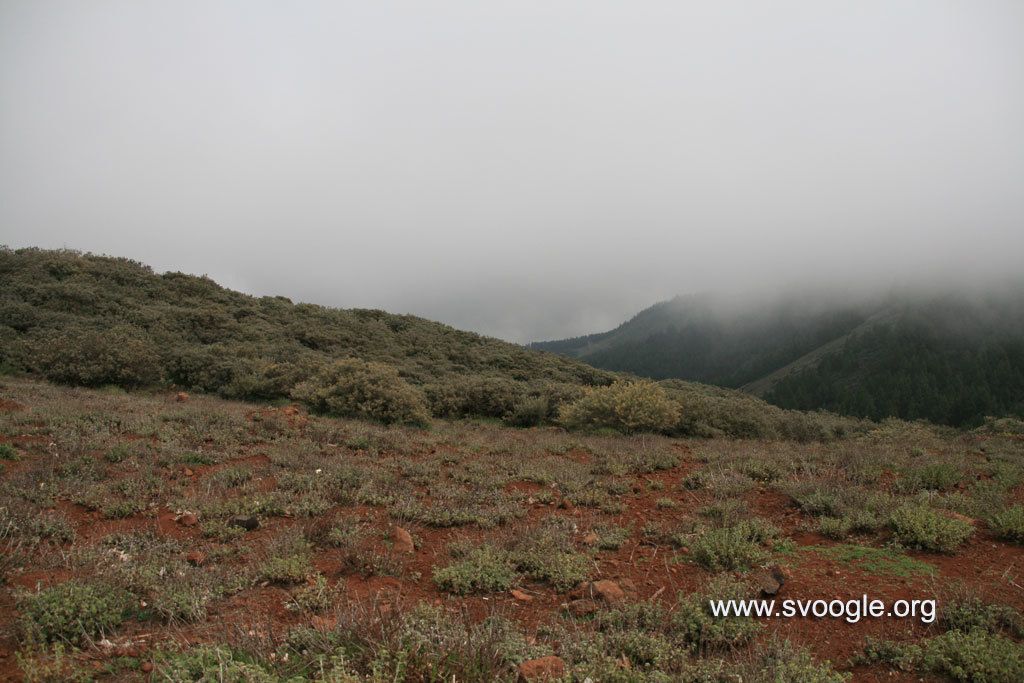Unveiling the Mystery: A Fresh Look at the Dead Sea Scrolls Through AI
New research indicates potential age-extension for Dead Sea Scrolls
Step right up and dive into "Dead Sea Scrolls: The Exhibition" now open at the Ronald Reagan Presidential Library in Simi Valley, California! This fascinating exhibition presents a collection of age-old Jewish manuscripts along with 200 other artifacts, bringing ancient history to life.
But there's more to this story than meets the eye. A recent study led by researchers from the Netherlands, Italy, and Denmark stirred the pot yet again with an innovative approach - the Enoch model. This artificial intelligence model is like a time-traveling detective, shedding new light on the origins of the Dead Sea Scrolls.
So, what exactly is the Enoch model, and how does it work? Simply put, this AI model is a deep-learning powerhouse that uses microscopic ink trace patterns (such as curvature and character shape) to predict the date of the scrolls with remarkable precision. To refine its predictions, Enoch ties handwriting features to empirically established dates, and then integrates these style-based predictions with radiocarbon dating results.
The Enoch model's predictions often suggest that the Dead Sea Scrolls are older than previously assumed, with many dating back to the second century BCE or even earlier. Thanks to the Enoch model, the dating uncertainty for these scrolls has been reduced to roughly ±30 years, far outperforming conventional radiocarbon dating methods for the 300 BCE to 50 BCE period.
The impact of these findings reaches far beyond a revised timeline for the Dead Sea Scrolls. The Enoch model's implications for understanding the development of key Jewish and Christian texts could potentially shake up traditional narratives, prompting a reevaluation of ancient religious and cultural traditions.
All in all, the Enoch model is flipping the script on our understanding of the Dead Sea Scrolls, offering a more refined and accurate picture of these ancient Jewish manuscripts. So, don't miss your chance to experience "Dead Sea Scrolls: The Exhibition" and marvel at what the intersection of ancient history and cutting-edge AI technology can uncover.
[1] Daniela Antonini, et. al. “Artificial intelligence for absolute dating of the Dead Sea Scrolls.” PLOS ONE, 04 June 2021, volunteer.plos.org/login?redirect_uri=%2Fdoi%2F10.1371%2Fjournal.pone.0253117[2] Bar-Adon, Nava et al. "High-resolution absolute radiocarbon dating of Qumran parchments." Proceedings of the National Academy of Sciences, vol. 118, no. 46, 2021. doi: 10.1073/pnas.2108130118[3] Israeli researchers uncover new Dead Sea Scroll fragments. "The Times of Israel". 23 July 2021. https://www.timesofisrael.com/israeli-researchers-uncover-new-dead-sea-scroll-fragments/[4] Antonini, Daniela et al. “Application of artificial intelligence to dating the Dead Sea Scrolls.” Archaeometry (2022). doi: 10.1111/arch.14851
[1] The Enoch model, a deep-learning AI, leverages microscopic ink trace patterns to date the Dead Sea Scrolls with unprecedented precision, challenging and refining the conventional dating methods.
[2] As science and technology advance, the use of artificial intelligence in fields like archaeology could potentially revolutionize our understanding of historical artifacts and religious texts, prompting a reevaluation of ancient traditions.




